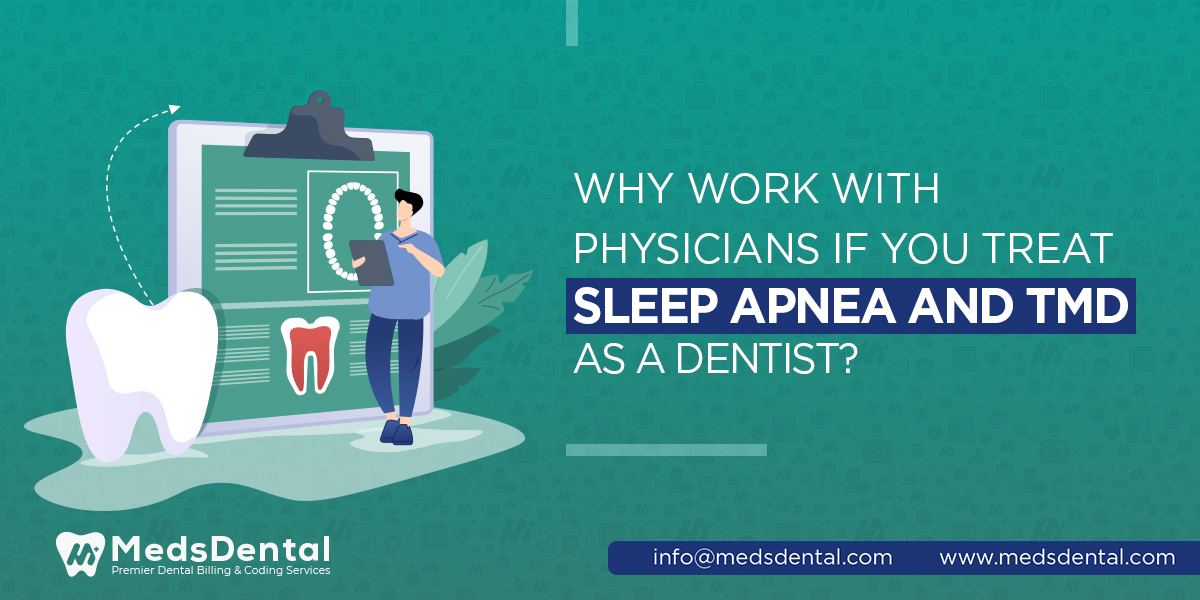

To be productive, you ought to have a team acquire for each new technology, service, or program you intend to introduce into your practice. For your practice to successfully adopt an effective sleep program, you must have the support of your staff. For instance, if your team members aren’t enthusiastic about the opportunities a new Dental Sleep Medicine program offers, they won’t be inspired to contribute to the program’s expansion and success. And when patients feel the lack of this enthusiasm, they will decrease their likelihood of pursuing the associated therapy you advise and taking advantage of the innovative, life-altering treatments your organization is now providing.
Sometimes, it becomes very challenging for you to encourage your staff to accept and appreciate the new change. At this point, it can be a concern how to motivate them about implementing Dental sleep medicine. There is no need to worry because today, we have brought some tactics to cope with this hurdle. Follow these 3 tips to get your team excited about dental sleep medicine and soothe yourself by implementing them.
So the quick answer is yes, your dentist can diagnose and treat sleep apnea. Dentists play a crucial role in diagnosing people with OSA (Stuart F. Quan and Wolfgang Schmidt-Nowara, 2017). By practicing Dental Sleep Medicine, a dentist becomes eligible to deal with Obstructive Sleep Apnea disorder.
Compared to TMD therapy, oral appliances for OSA demand a greater level of collaboration between the dentist and the physician. Medical practitioners, including clinicians, dentists, physicians, and physical therapists, require more training and instruction in the evaluations, therapeutic interventions, maintenance, and recommendation of patients suffering from temporomandibular disorders (Improving TMD Health Care: Practice, Education, Access, and Coverage, 2020).
Now, the point is, why work with physicians if you treat sleep apnea and TMD as a dentist? So today, we are here with the answer to this question.
A study’s results imply minimal interaction between dental staff and primary care physicians (Jackie Stuart, Ha Hoang, Len Crocombe & Tony Barnett, 2017). However, in collaboration with physicians, dentists can assist in the coordinated and proactive identification of OSA (Tammarie Heit, Bea Janine Tablizo, […], and Manisha Witmans, 2022).
It has been noted that people with sleep apnea (SA) have a higher incidence of temporomandibular disorders (Ju-Hui Wu, Kun-Tsung Lee, […], and Ming-Ju Tsai, 2020). The study revealed that SA patients had a higher risk of developing TMD in the future, leading experts to advise doctors caring for SA patients to be particularly aware of any potential associated chronic pain that may have an impact on sleep quality (Ju-Hui Wu, Kun-Tsung Lee, […], and Ming-Ju Tsai, 2020). Another research found a tangible link between OSA symptoms and TMD (Anne E Sanders, Roger B Fillingim, et al., 2013)
To bill for patients with sleep apnea and TMD with accuracy and professionalism, MedsDental Dental Billing Company has offered its quality services for your dental practice. By partnering with us, your dentistry professional will reach the apex of profits and reimbursements. The company is dedicated to rendering each step of billing with expertise. From verifying insurance and submitting claims to receiving payments quickly, each step is done under HIPAA compliance to secure your patients’ data. Moreover, without charging any on-boarding fee, we boost your revenue by up to 30%. To process your billing efficiently, we implement the latest and most reliable software and other technology so that there is no delay in collecting money for the services you render. Our experienced coders remain updated with the latest coding rules and do this step carefully. In a nutshell, MedsDental billing is the appropriate choice for you as a reliable partner for your billing area because you won’t regret this decision anyhow.
© MedsDental. All rights reserved 2025. Powered by MeshSq.